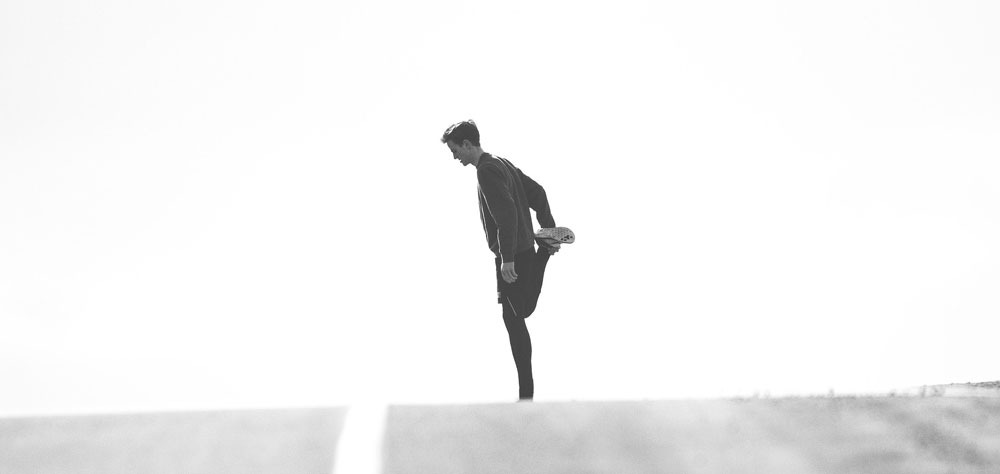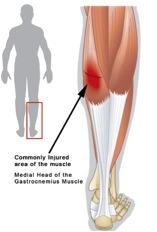How muscle strains and tears occur
- Acute strains occur from undue pressure or overstretching of a muscle which results in a tear and damage to the muscle fibres and/or its attaching tendons
- Damage can occur to a small area causing a partial tear to the muscle fibres, or a large portion of the muscle causing a complete rupture of the muscle belly. They are graded accordingly from 1 to 3
- Muscle strains can occur in all muscles of the body during normal activities of daily life, work tasks etc, but most commonly present as a sporting injury
- Typical symptoms are pain, swelling, weakness and bruising or discolouration around the site of injury
- Chronic muscle strains can occur as small tears which happen over time with a continuously overloaded muscle
- The grading of acute muscle strains can determine the prognosis of the injury and helps to plan for a return to sport
- A bad grade 2 tear may take 2-3 months to completely heal
- Depending on how many fibres are affected, grade 3 tears may require surgery
What you can expect/look out for
- Expect to see swelling and bruising/discolouration, this may continue to worsen in the days following the injury
- Pain, swelling and bruising usually subsides gradually over 1-3 weeks and the torn muscle begins to heal through scar tissue
- In most cases, with proper treatment, most people completely recover from a muscle strain
 Muscle Tears – More information
Muscle Tears – More information
- If surrounding muscles and/or joints are not working properly, one particular muscle may be being overloaded, leading to that muscle being injured with a smaller force.
Hints for self-management
- Initial management is as for most soft-tissue injuries
- Rest, may involve immobilising the area, a sling for the arm or crutches for the leg
- Ice the area with an ice-pack or ice-blocks wrapped in a tea-towel, for 20 minutes, every 2-3 hours over the next 72 hours
- Compress the area with a bandage
- Elevate the area above the heart i.e. a lower limb injury should be rested lying down with the foot up on a small stool/pillows
Management options
- After a period of relative rest it is necessary to exercise the injured and surrounding muscles to regain full function
- Exercises to stretch, strengthen and correct muscle imbalances are necessary
- Deep tissue massage may be appropriate after an initial period of rest to release the thickened scar tissue
Interesting facts
- The grading of acute muscle strains can determine the prognosis of the injury and helps to plan for return to sport
- A bad grade 2 tear may take 2-3 months to completely heal
- Depending on how many fibres are affected, grade 3 tears may require surgery


